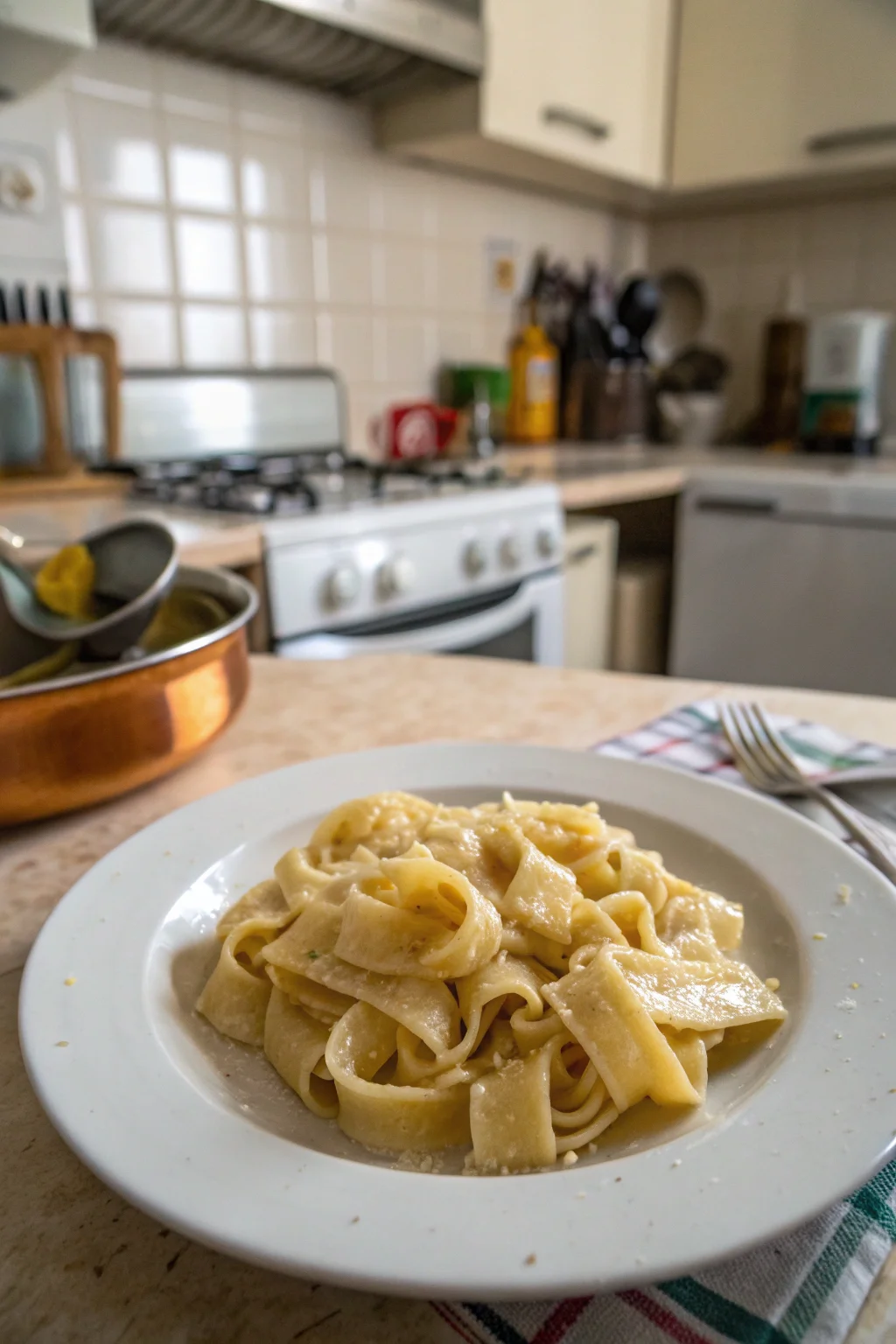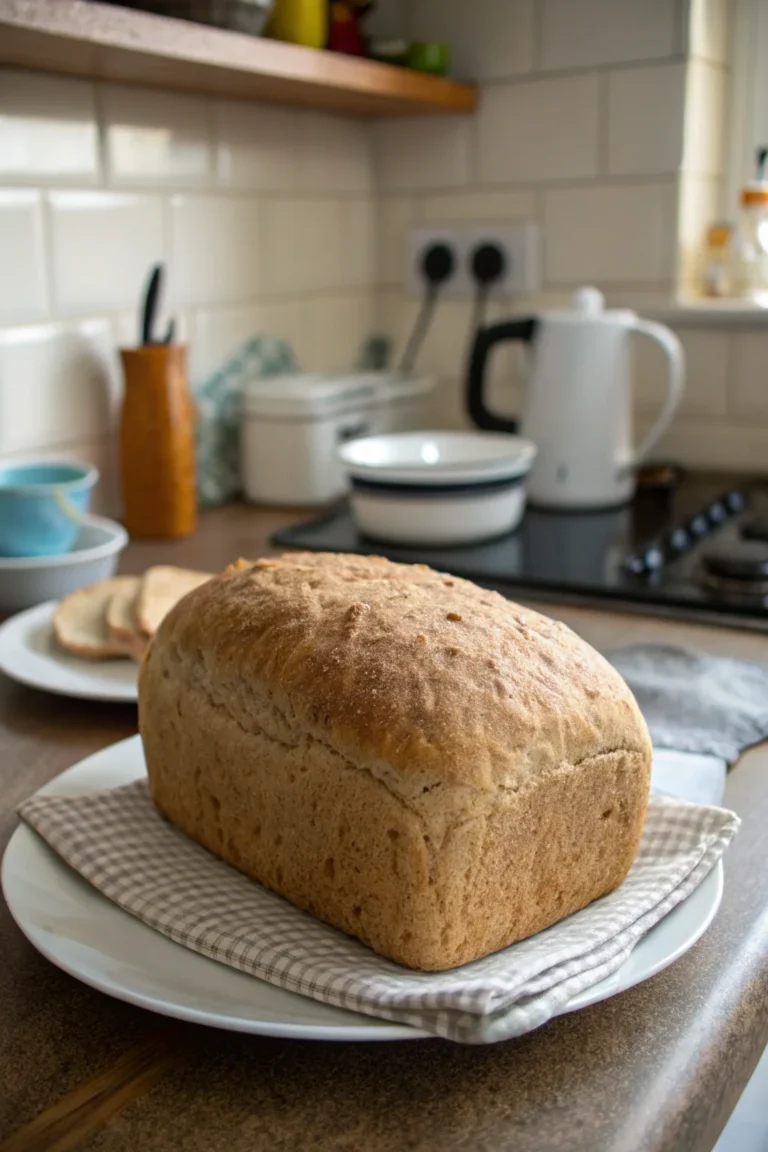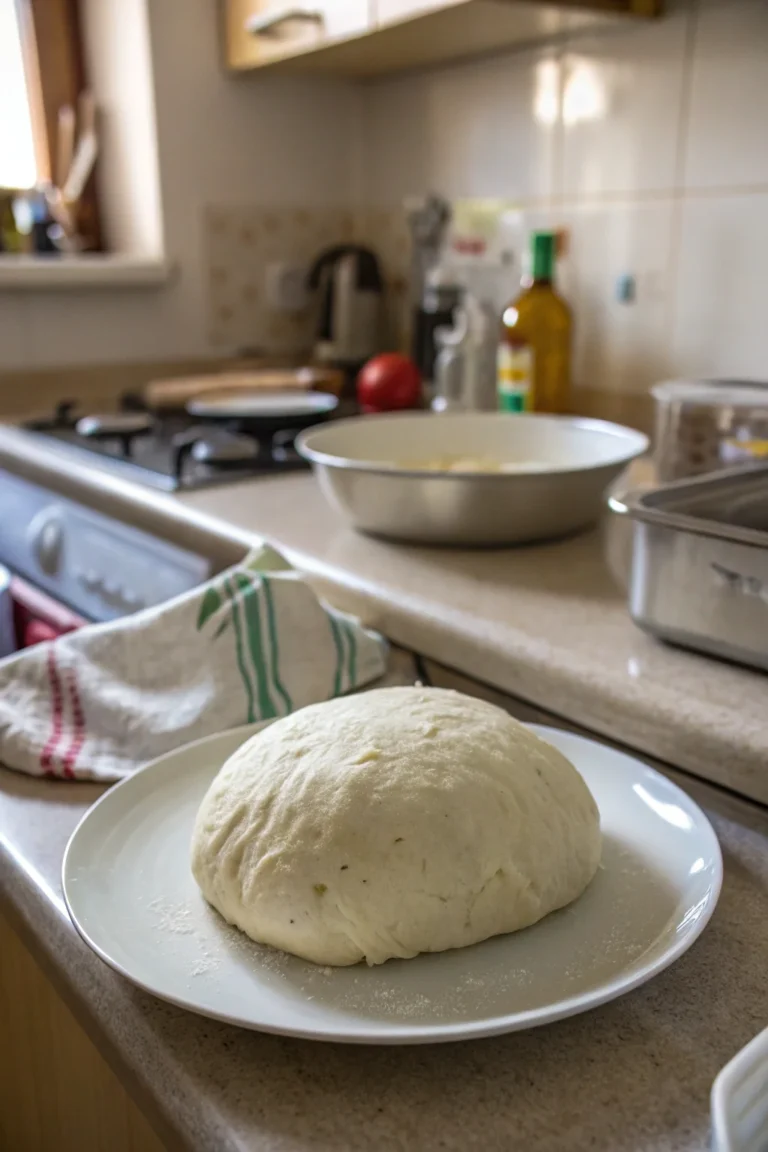Why Is My Pasta Sticky? | Causes and Fixes
Cooking pasta should be a straightforward task, but sometimes you end up with a sticky, clumpy mess. Understanding why this happens can help you perfect your pasta dishes every time. In this guide, we’ll explore the reasons your pasta might be sticking and provide practical solutions to ensure your pasta turns out perfectly al dente.
Table of Contents
Why Does Pasta Become Sticky After Cooking?

Pasta becomes sticky when it releases too much starch during cooking. This can happen for several reasons:
- Insufficient Water: If there’s not enough water, the pasta can’t move freely, causing it to stick. Imagine trying to swim in a crowded pool; there isn’t enough room to maneuver, so you’re more likely to bump into others. Similarly, pasta needs ample space to circulate in the pot to prevent sticking. A cramped cooking environment restricts movement and increases the chances of pasta strands clumping together.
- Boiling Temperature: Pasta that isn’t boiled at a high enough temperature can become sticky. A rolling boil ensures that the pasta moves constantly, which helps to separate the noodles and prevent them from sticking. If the water temperature drops when you add the pasta, it might take longer to return to a boil, causing the pasta to cook unevenly and potentially stick together.
- Stirring: Failing to stir pasta in the first few minutes can lead to clumping. The first few minutes of cooking are crucial because the pasta releases the most starch at this time. Stirring helps distribute the starch evenly and prevents the pasta from settling at the bottom of the pot.
To prevent stickiness, ensure you use plenty of water and keep it at a rolling boil. Stir the pasta occasionally, especially during the first few minutes of cooking. This proactive approach will help you achieve perfectly cooked pasta every time.
How Much Water Should I Use to Boil Pasta?
The general rule is to use about 4-6 quarts of water per pound of pasta. This ratio ensures that the pasta has enough room to move and cook evenly without sticking. Too little water can cause the pasta to clump together as it releases starch. If you’re using a smaller pot, consider cooking in batches or using a larger pot to accommodate the pasta and water.
For example, if you’re cooking a pound of spaghetti, fill your pot with at least 5 quarts of water. This not only prevents sticking but also helps maintain a consistent temperature throughout the cooking process, ensuring even cooking. Remember, it’s always better to err on the side of too much water than too little.
Does Adding Oil to the Water Help Prevent Sticky Pasta?
Adding oil to the pasta water is a common myth, but it doesn’t prevent sticking. Instead, it can coat the pasta, making it difficult for sauce to adhere later on. Oil floats on top of water, so it doesn’t actually interact with the pasta in a way that would prevent sticking. Instead, focus on using sufficient water and stirring the pasta. This will ensure the pasta cooks evenly and doesn’t stick together.
If you’re worried about pasta sticking after draining, consider adding a small amount of oil or butter directly to the pasta after cooking. This can help keep the noodles separate without interfering with the sauce’s ability to cling to the pasta.
Should I Rinse My Pasta After Cooking It?
Rinsing pasta after cooking can remove excess starch that causes stickiness. However, it’s only recommended if you’re making a cold pasta salad. For hot dishes, rinsing can wash away the starch that helps sauce cling to the pasta. Instead, drain the pasta and add it directly to your sauce.
By not rinsing, you allow the pasta to retain a thin layer of starch that acts as a binding agent between the pasta and sauce, creating a more cohesive and flavorful dish. If you do rinse for cold dishes, use cold water to stop the cooking process immediately and prevent the pasta from becoming mushy.
Can Overcooking Cause Pasta to Stick?

Yes, overcooking can cause pasta to become sticky and mushy. Overcooked pasta releases too much starch, leading to clumping. To avoid this, follow the package instructions and taste the pasta a minute or two before the recommended time. This ensures the pasta remains al dente and less likely to stick.
Al dente pasta not only holds its shape better but also provides a more pleasant texture for eating. If you’re unsure, always opt for undercooking slightly, as the pasta will continue to cook slightly even after being drained, especially if it’s added to a hot sauce.
What Role Does Stirring Play in Preventing Sticky Pasta?
Stirring is crucial, especially during the first few minutes of cooking. It prevents the pasta from settling at the bottom of the pot and sticking together. Stir the pasta occasionally throughout the cooking process to ensure even cooking and prevent clumping.
Think of stirring as an essential part of pasta cooking, much like flipping pancakes or turning meat while grilling. The motion keeps the pasta moving, which prevents the noodles from bonding as they release starch. Regular stirring also helps to distribute heat evenly, ensuring that all pasta is exposed to the same temperature for uniform cooking.
How Does the Type of Pasta Affect Stickiness?
Different pasta shapes and sizes release starch differently. Smaller, thinner pasta like angel hair may release more starch and stick if not cooked properly. On the other hand, larger shapes like penne or rigatoni may handle overcooking better. Adjust your cooking time and stirring frequency based on the type of pasta you’re using.
For instance, delicate pastas like angel hair require more attention and a shorter cooking time, while sturdier shapes like fusilli or farfalle can withstand longer cooking periods without becoming mushy. Being aware of the specific characteristics of each pasta type will help you adjust your technique accordingly to minimize sticking.
Does the Salt in the Water Affect Pasta Stickiness?
Adding salt to pasta water enhances flavor but doesn’t directly affect stickiness. However, salted water boils at a higher temperature, which can help cook pasta more evenly and reduce stickiness. Use about 1-2 tablespoons of salt per gallon of water for optimal results.
Salt not only boosts flavor but also assists in the cooking process by raising the boiling point of water, allowing the pasta to cook at a slightly higher temperature. This can improve the texture of the pasta and reduce the likelihood of stickiness. Remember, the goal is to season the water to taste like the sea, which will impart a subtle but noticeable flavor to the pasta.
Are There Specific Tips for Preventing Gluten-Free Pasta from Sticking?
Gluten-free pasta can be more prone to sticking due to its different starch composition. To prevent this:
- Use more water than usual. Gluten-free pasta often requires more room to move and release starch without clumping.
- Stir frequently, especially at the start. This helps to keep the pasta separated as it cooks.
- Check for doneness a minute earlier than package instructions. Gluten-free pasta can become mushy quickly, so it’s important to monitor it closely.
- Drain and add immediately to your sauce to prevent clumping. The sauce will help keep the pasta strands separated and enhance flavor.
For more tips on cooking gluten-free pasta, check out this guide by a reputed culinary website.
How Important Is Draining Pasta Completely?
Properly draining pasta is essential to prevent stickiness. Use a colander to remove excess water, and let it sit for a few seconds to ensure it’s well-drained. Do not let the pasta sit in the colander for too long as it can continue to cook and become sticky.
If you’re preparing a hot dish, consider saving a cup of pasta water before draining. This starchy water can be used to adjust the consistency of your sauce, helping it adhere better to the pasta. The starchy liquid also adds flavor and a silky texture to the sauce.
Can I Fix Sticky Pasta After It’s Cooked?
If your pasta is already sticky, you can try these quick fixes:
- Rinse with Warm Water: This can help remove excess starch. Be gentle to avoid breaking the pasta.
- Toss with Olive Oil or Butter: This can help separate the strands. Use a light hand to avoid making the pasta greasy.
- Add to Sauce: Mixing with a bit of sauce can help loosen clumps. The sauce will act as a lubricant, helping the pasta separate naturally.
For more pasta cooking techniques, see our complete pasta guide.
What Are Some Common Mistakes That Lead to Sticky Pasta?
Avoid these common mistakes to prevent sticky pasta:
- Using too small of a pot. A larger pot allows more room for the pasta to move while cooking.
- Not using enough water. Ample water is crucial to dilute the starch released by the pasta, preventing it from becoming a gluey mess.
- Forgetting to stir. Regular stirring during the first few minutes is essential to prevent the pasta from clumping.
- Overcooking the pasta. Keep a close eye on cooking times and taste frequently to ensure the pasta remains al dente.
Correcting these habits can improve your pasta cooking results significantly. Practice makes perfect, and by being mindful of these common missteps, you’ll be able to achieve the ideal pasta texture every time.
Conclusion
Perfectly cooked pasta isn’t an elusive dream. By understanding the causes of sticky pasta and implementing these practical solutions, you can enjoy delicious, non-sticky pasta every time. For more cooking tips and recipes, explore our pasta recipes section.
For additional insights on cooking pasta, visit Serious Eats’ pasta cooking tips.






